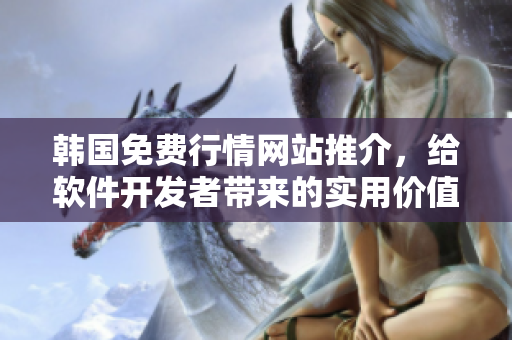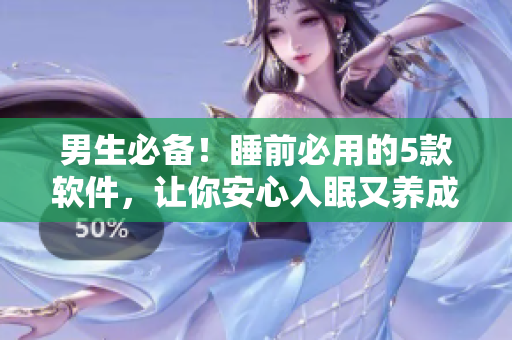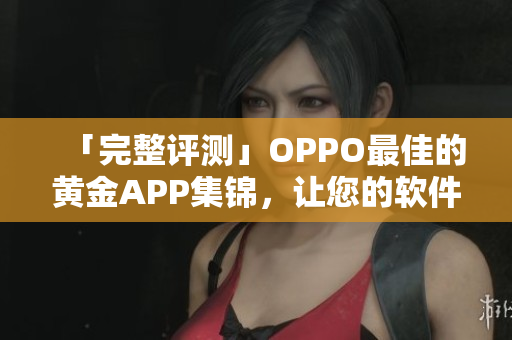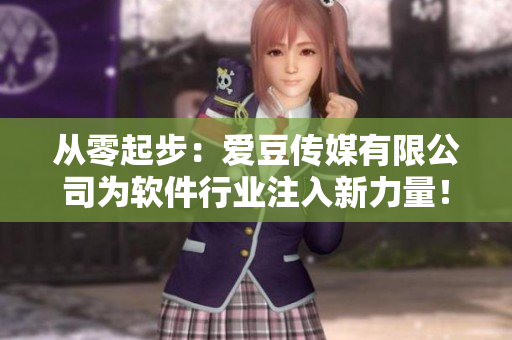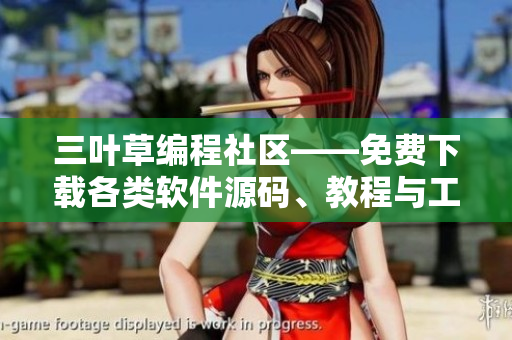Introduction
As a fan of anime and manga, I recently came across a popular series called "少女的秘密" or "A Girl's Secret". The story revolves around a high school girl who struggles with her identity and tries to keep her secret hidden from the world. This anime has gained a large following due to its relatable characters and emotional themes. However, as much as I enjoyed watching this series, I couldn't help but notice some problematic tropes that are prevalent in the anime industry, such as the sexualization of young female characters. In this article, I will explore the vocabulary I learned from reading "歪歪的漫画书" and discuss some of the issues with the portrayal of female characters in anime and manga.
The Vocabulary of "歪歪的漫画书"
"歪歪的漫画书" or "Twisted Manga" is a collection of erotic manga that is popular in Japan and around the world. Although this genre of manga is not suitable for all audiences, it is a good source for learning new vocabulary and expressions in Japanese. Some of the commonly used terms in erotic manga include:
1. 湿 - wet
2. 挿入 - insertion
3. 喘息 - gasp
4. 刺激 - stimulation
5. 絶頂 - climax
6. 露出 - exposure
7. 淫乱 - lewd
While these terms may not be appropriate for everyday conversation, they are commonly used in erotic manga and can help readers improve their understanding of the language.
The Sexualization of Female Characters
One of the major issues with anime and manga is the sexualization of young female characters. This is evident in "少女的秘密" where the main character is portrayed as a naive and innocent girl who is constantly objectified by the male characters. Her school uniform is often shown in a tight and revealing manner, and she is often put in sexual situations. This type of portrayal can have negative effects on young viewers who may internalize these stereotypes and view women as objects.
The Male Gaze
The sexualization of female characters is often done through the male gaze, which is defined as the way in which the camera or author directs the viewer's attention toward a particular object or person. In anime and manga, the male gaze is often used to objectify female characters and focus on their physical appearance rather than their personality or actions. This can be seen in "少女的秘密" where the camera often zooms in on the main character's body or focuses on her breasts or legs.
The Need for Diversity
Despite the flaws in the portrayal of female characters in anime and manga, there is hope for change. Many fans and creators are calling for more diversity in the industry and for the representation of marginalized groups. This includes more female creators, LGBTQ+ characters, and characters of different ethnicities and body types. By amplifying diverse voices and perspectives, the anime and manga industry can create more nuanced and inclusive stories.
Conclusion
In conclusion, "少女的秘密" is a thought-provoking anime that deals with important issues surrounding identity and self-discovery. However, it also highlights some of the problematic tropes that are prevalent in the anime industry, such as the sexualization of young female characters and the use of the male gaze. By recognizing these issues and promoting diversity and inclusivity, we can create a more equitable and representative anime and manga industry.


